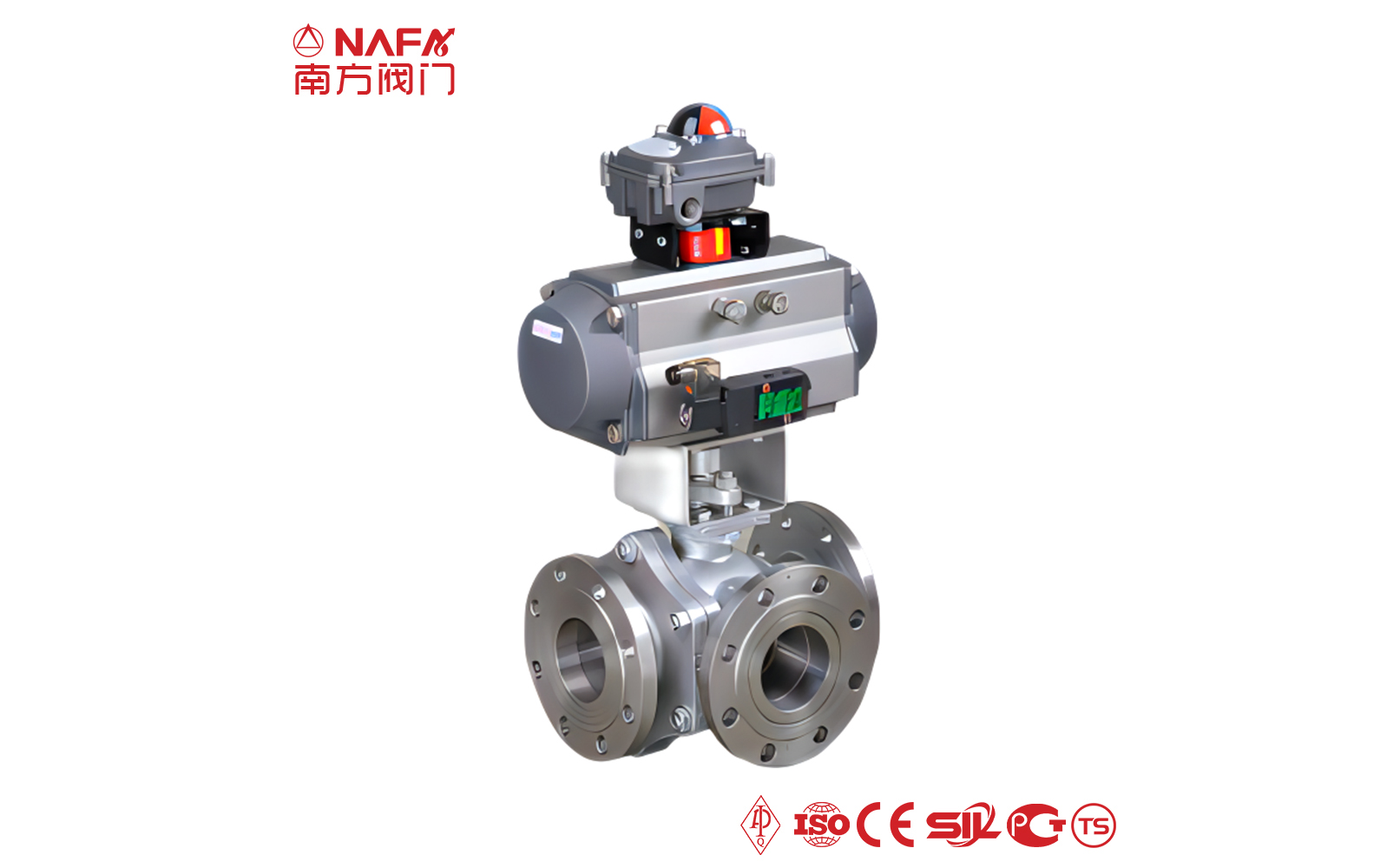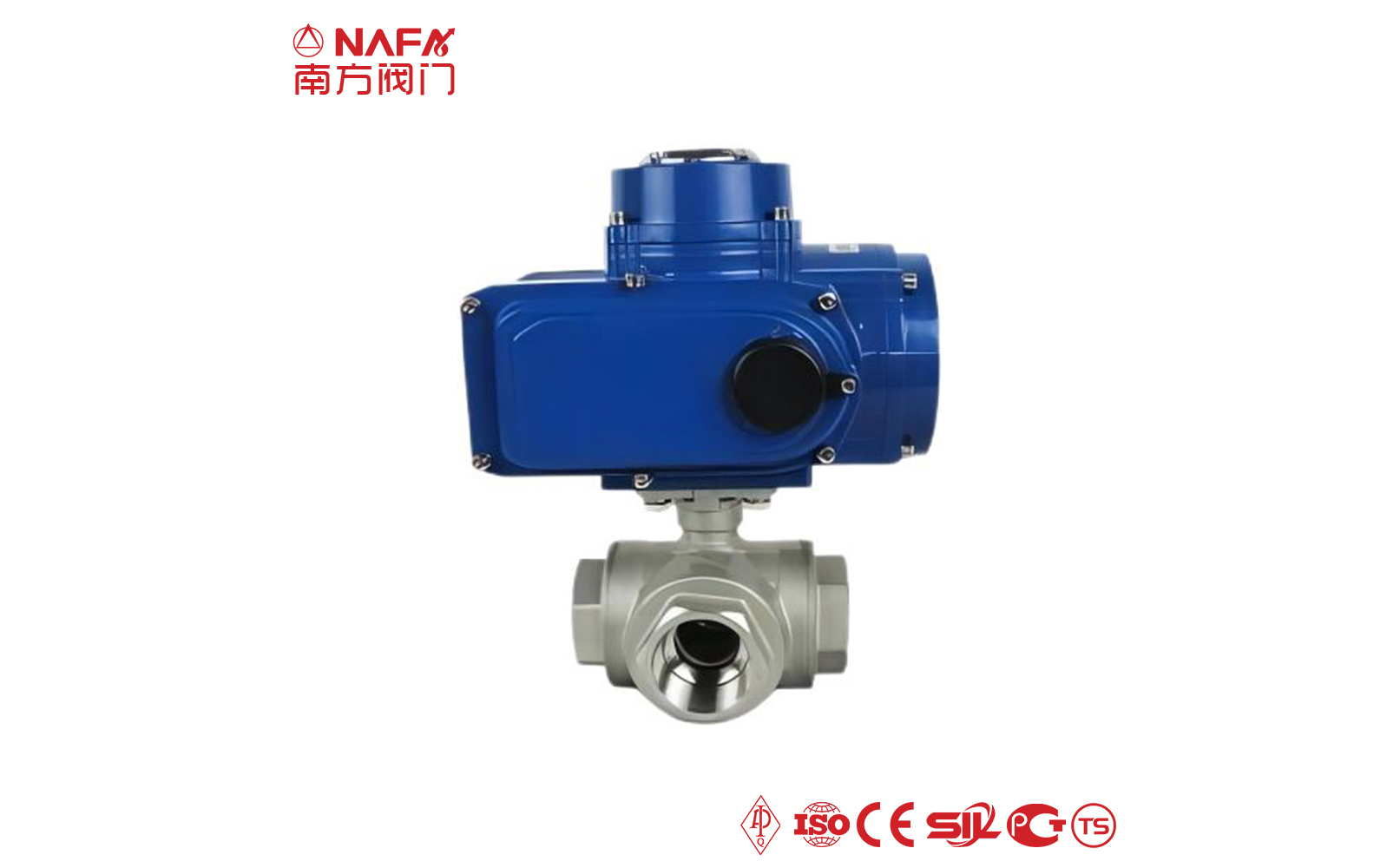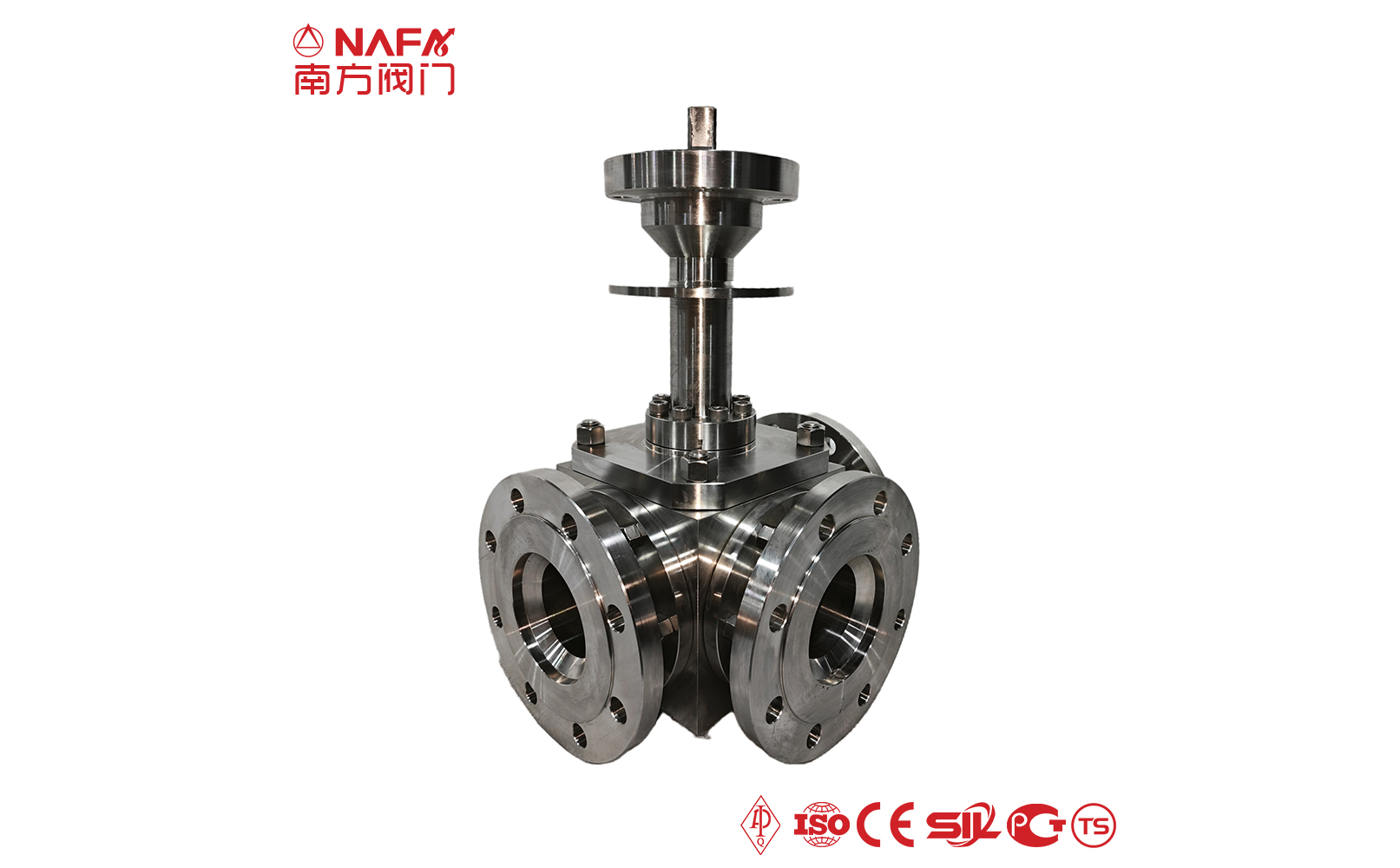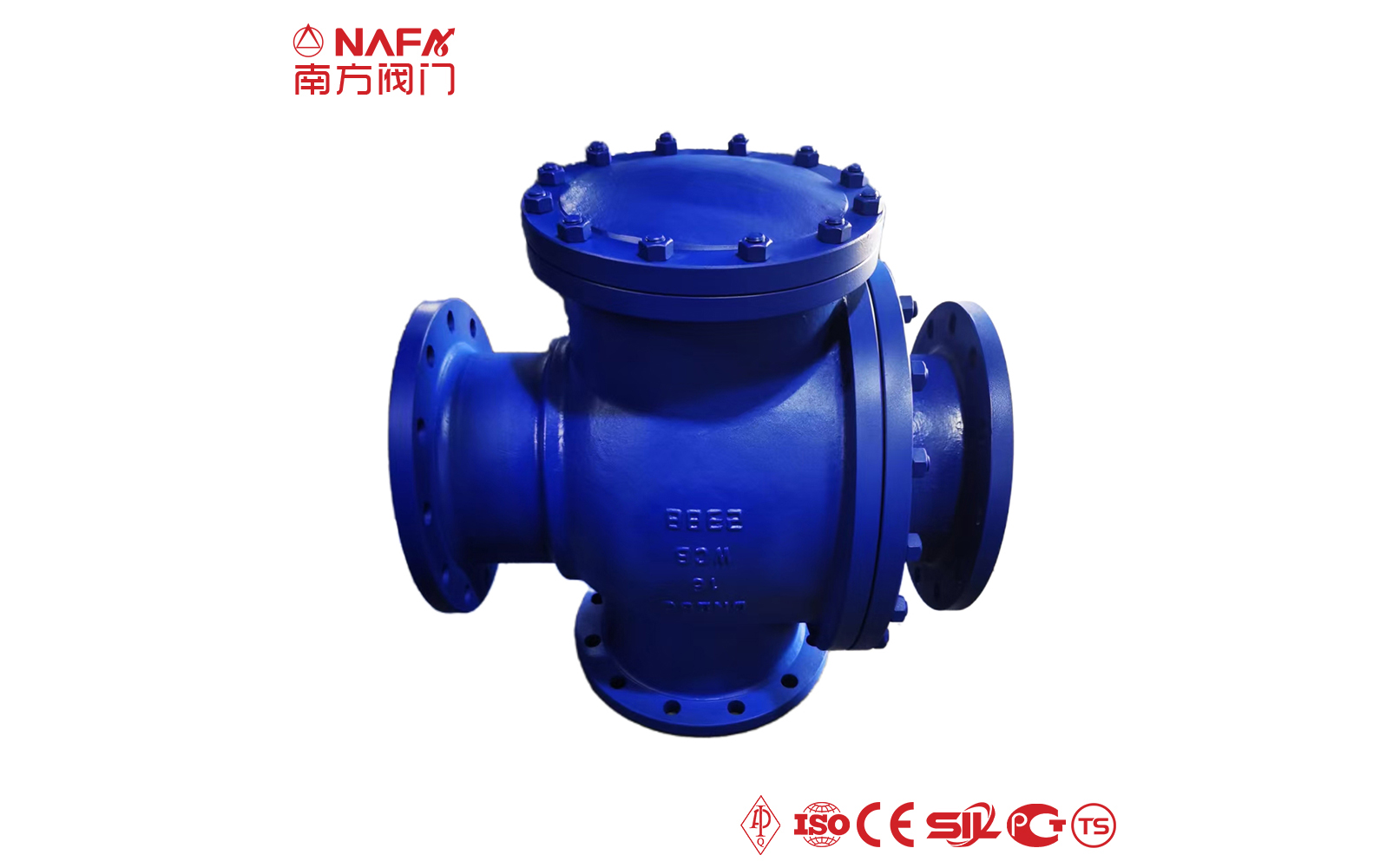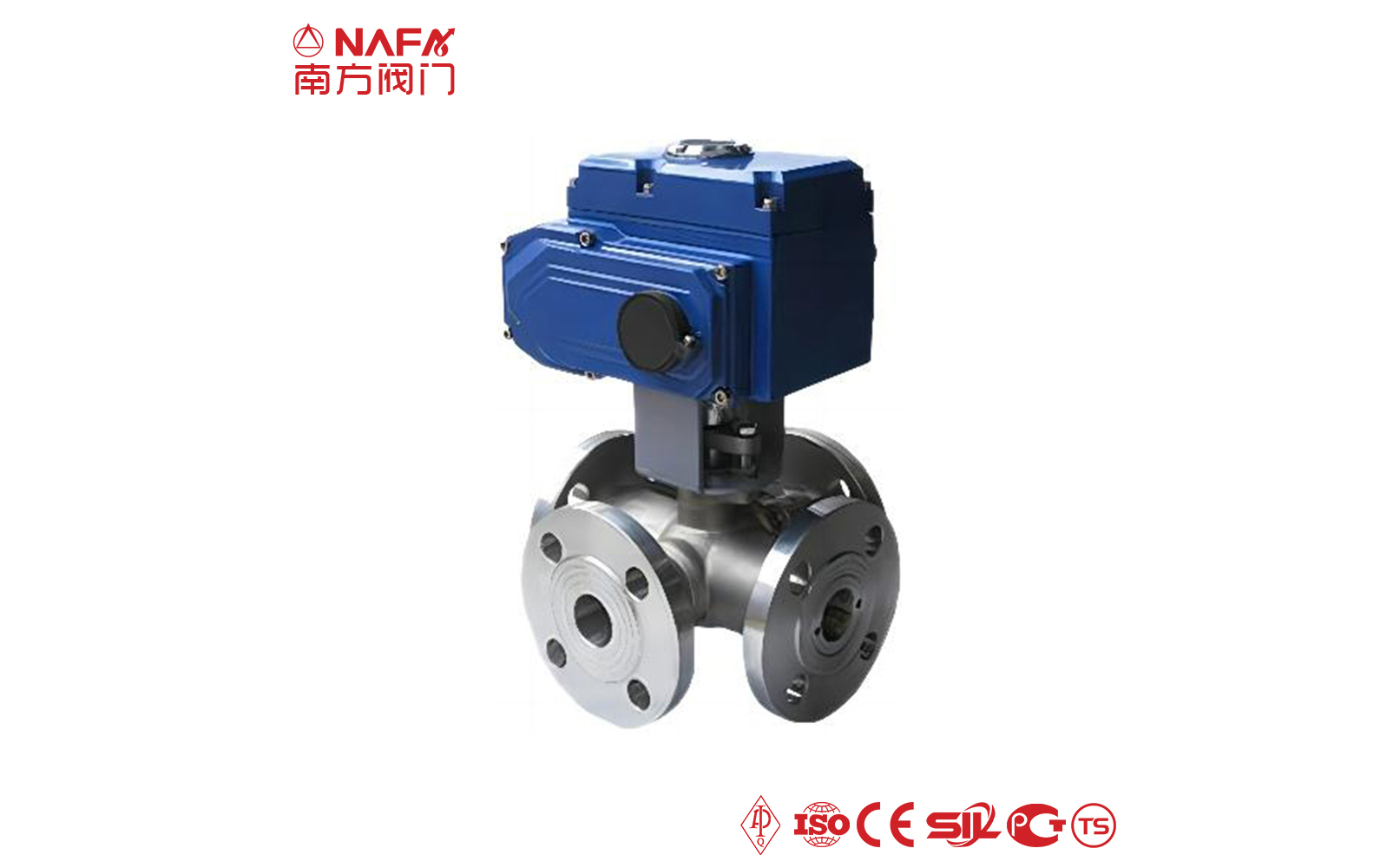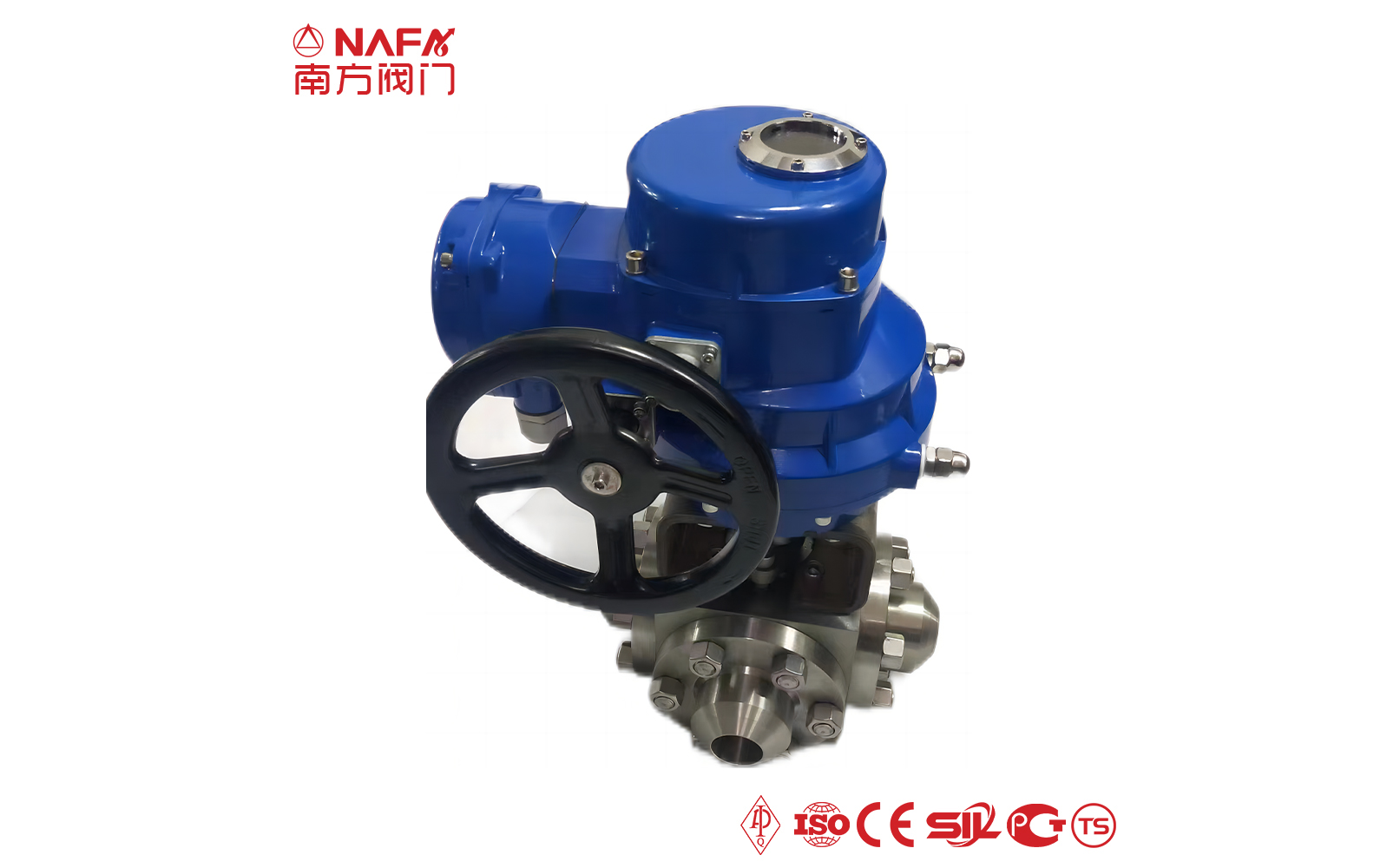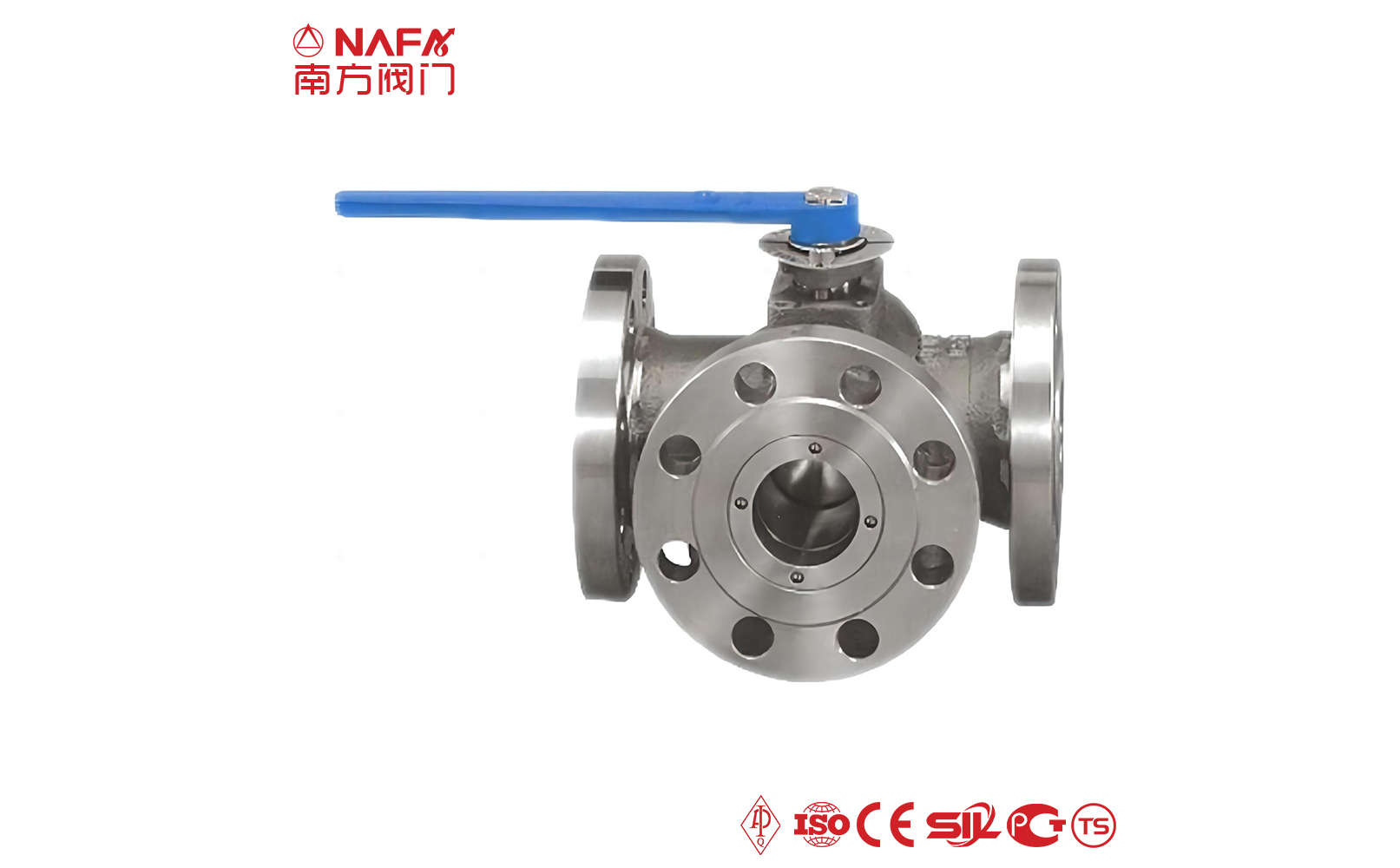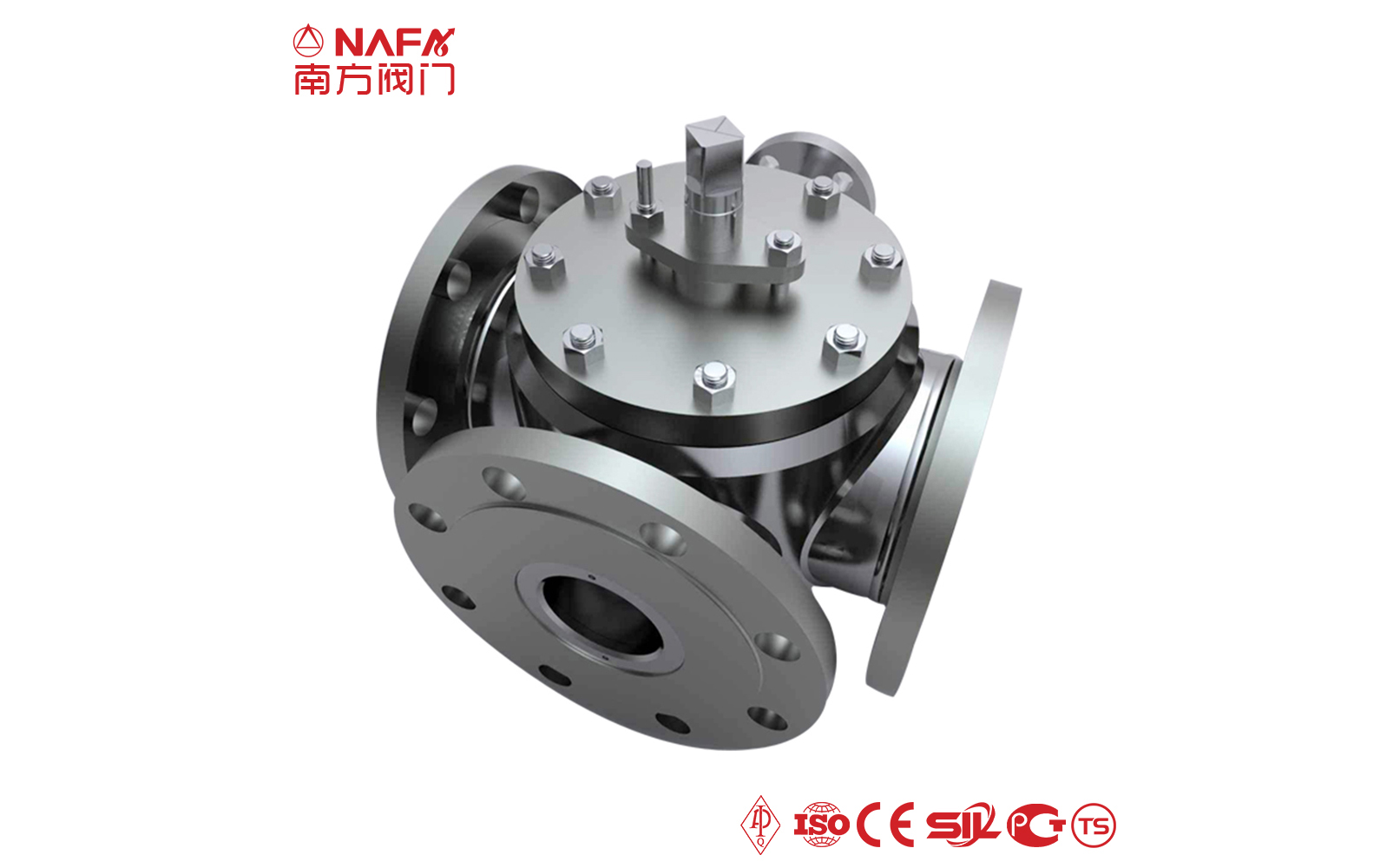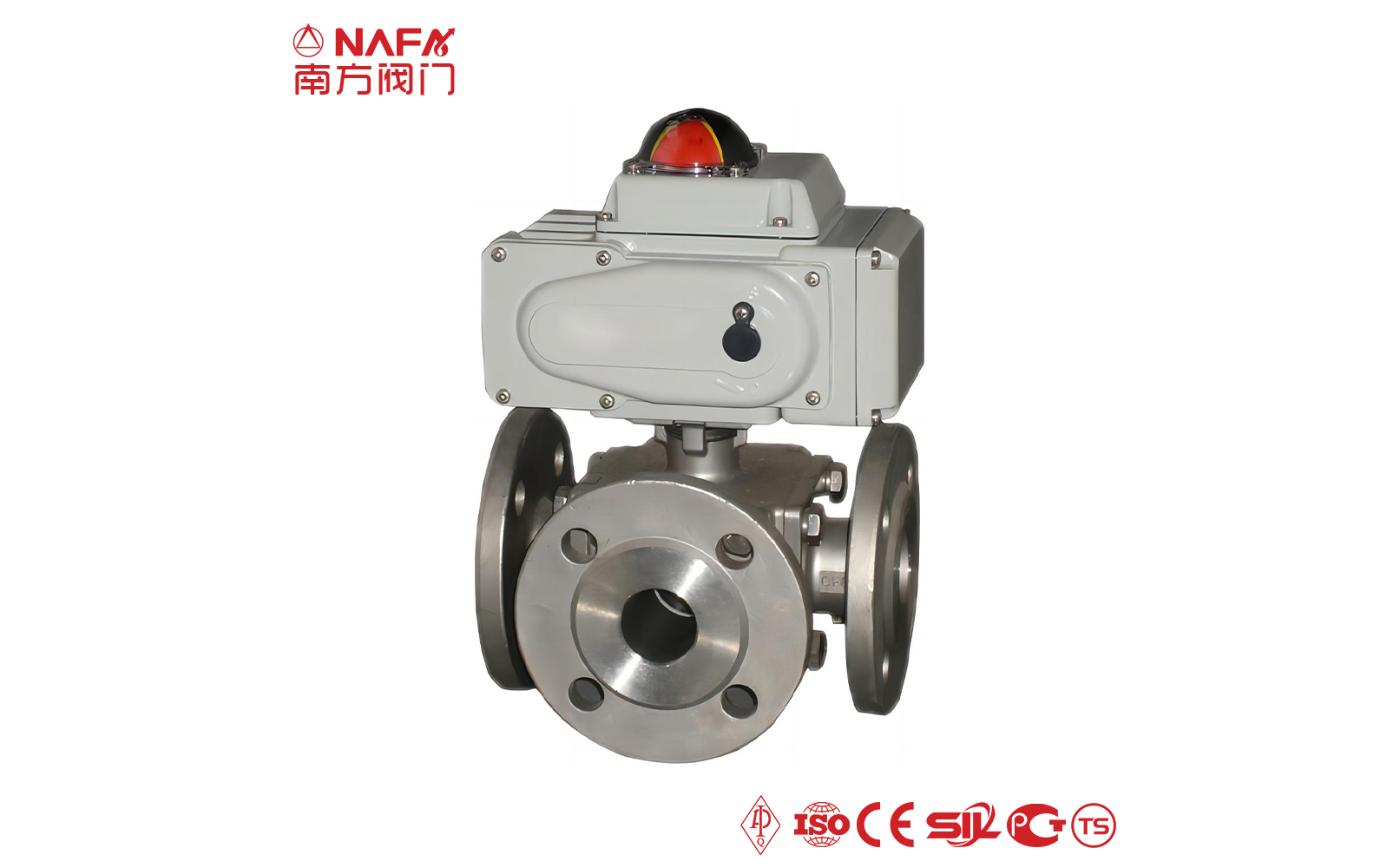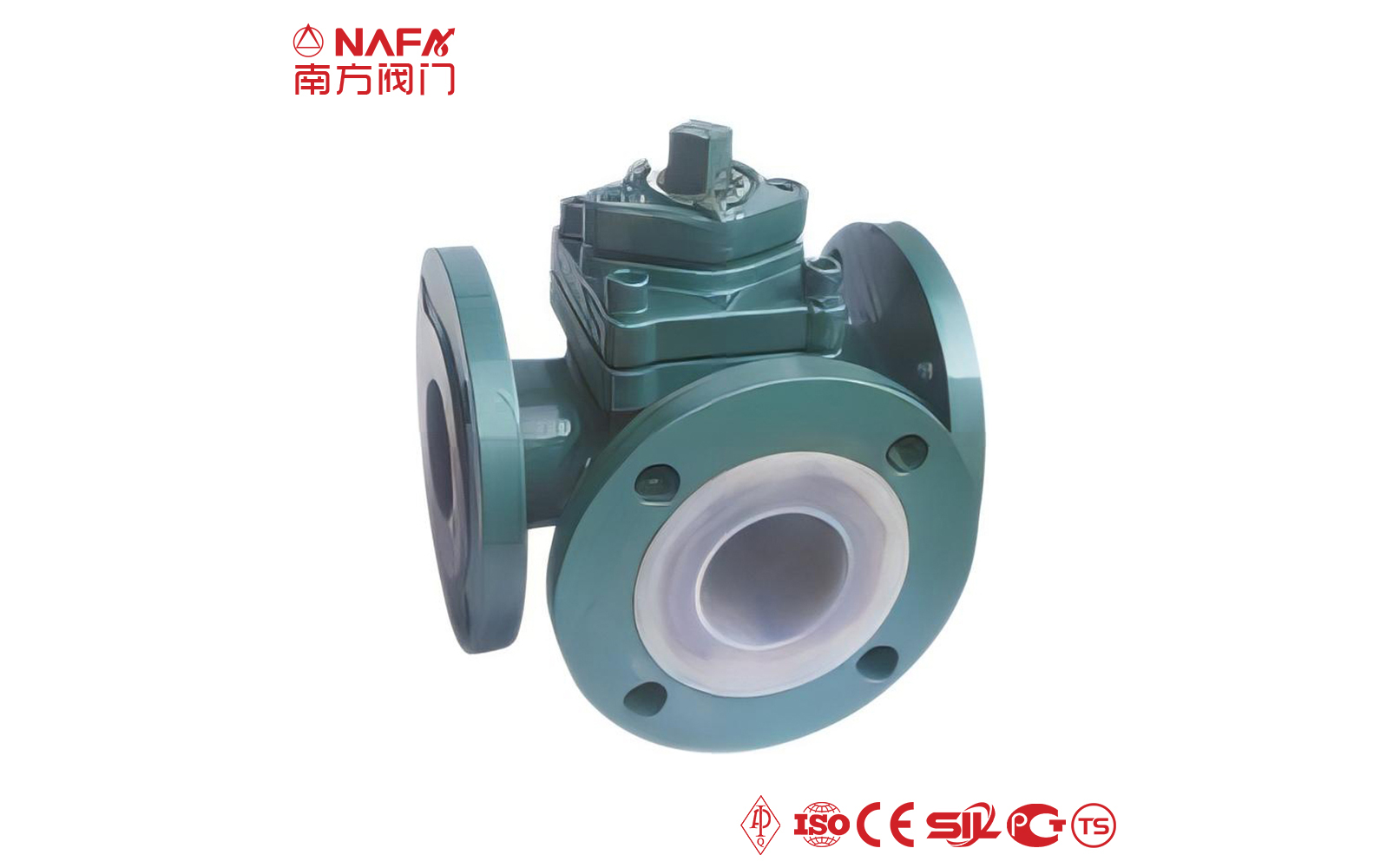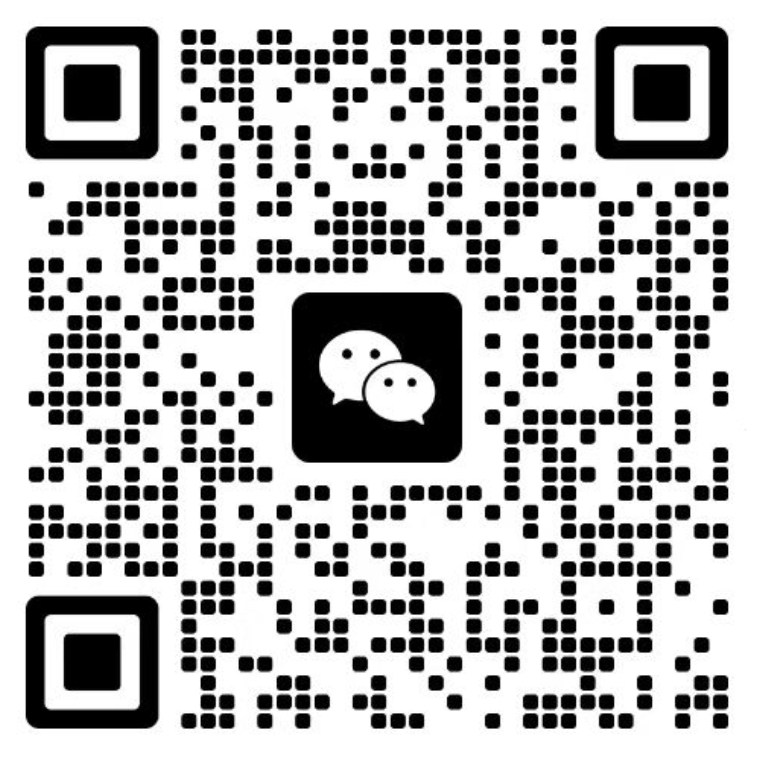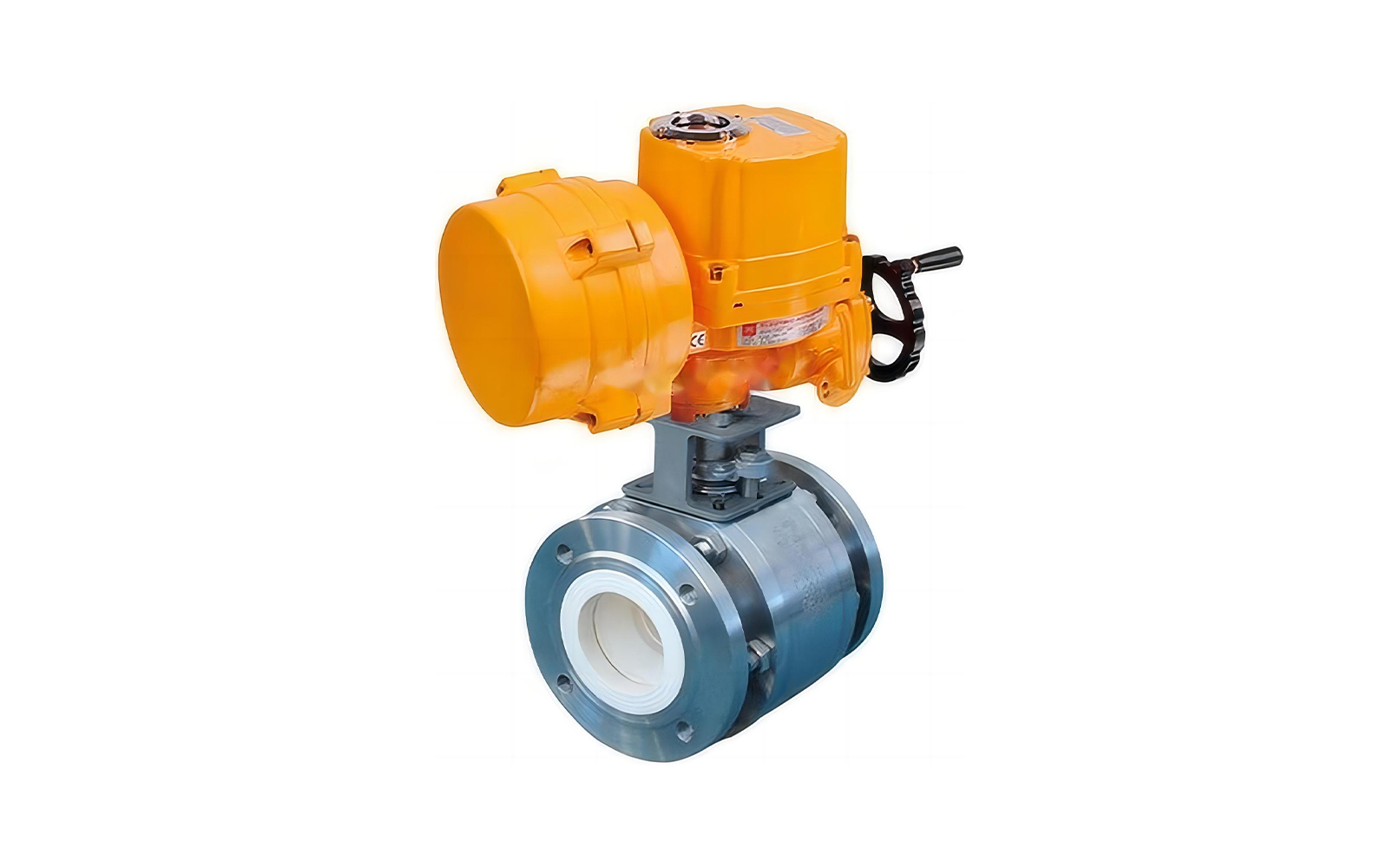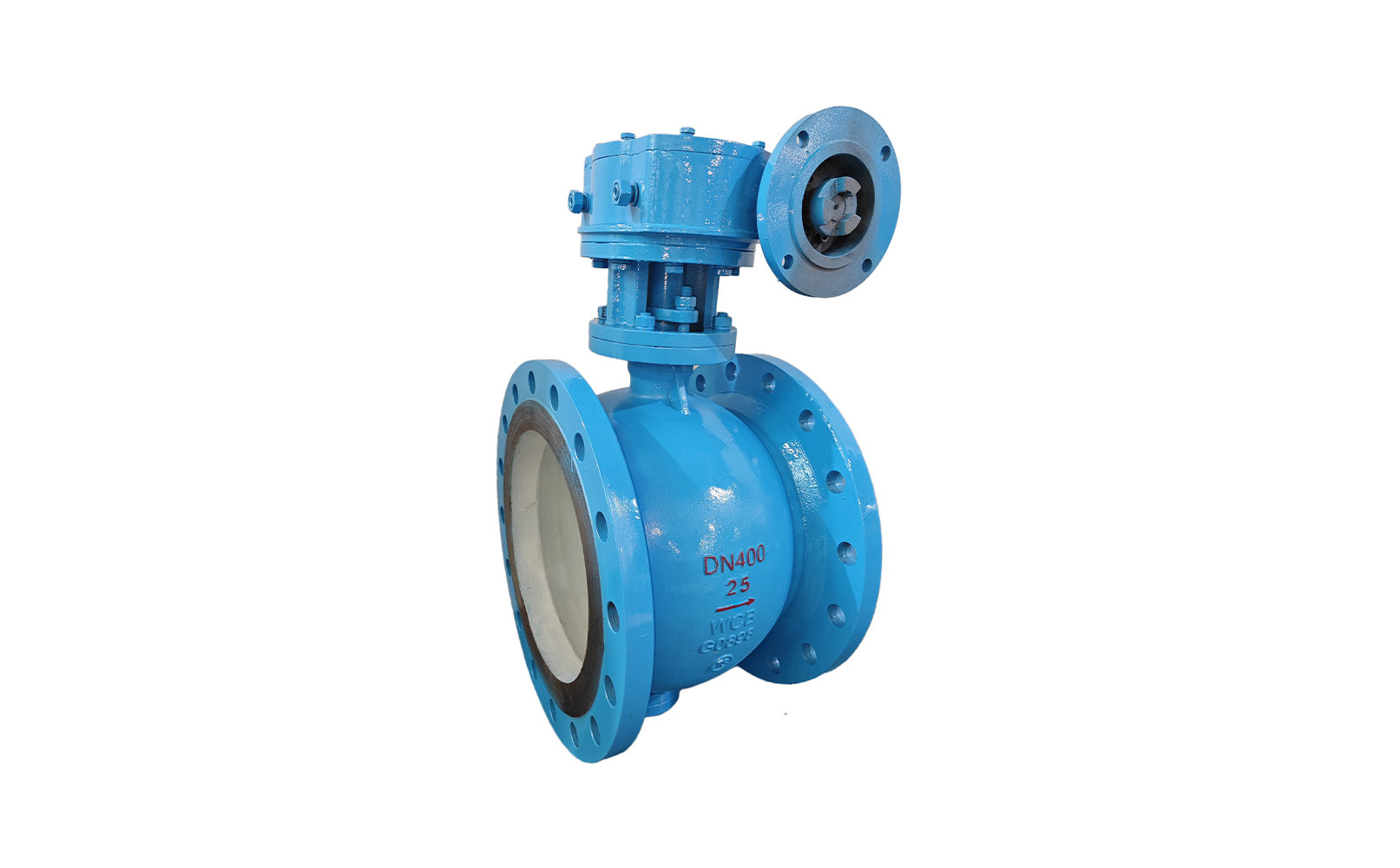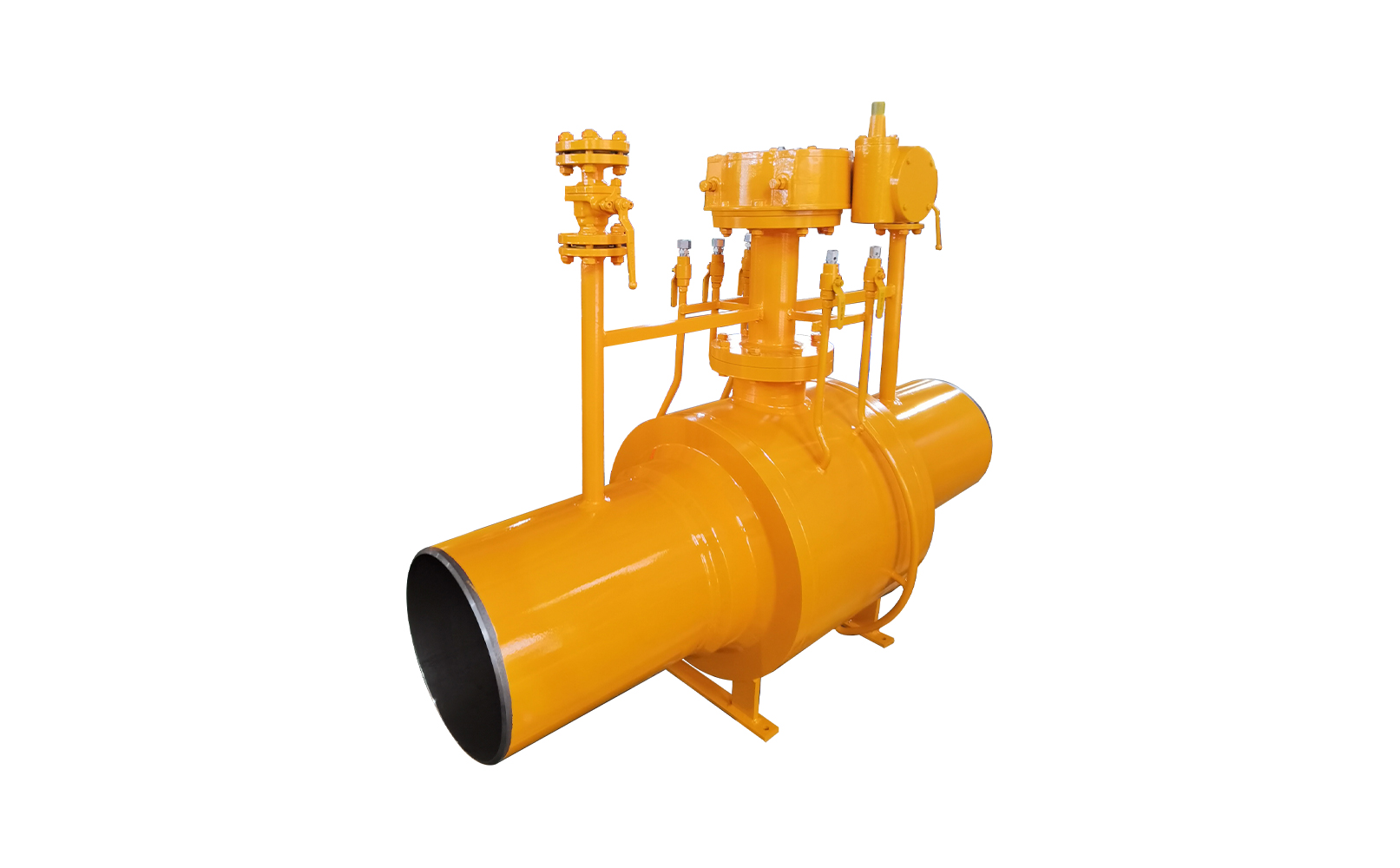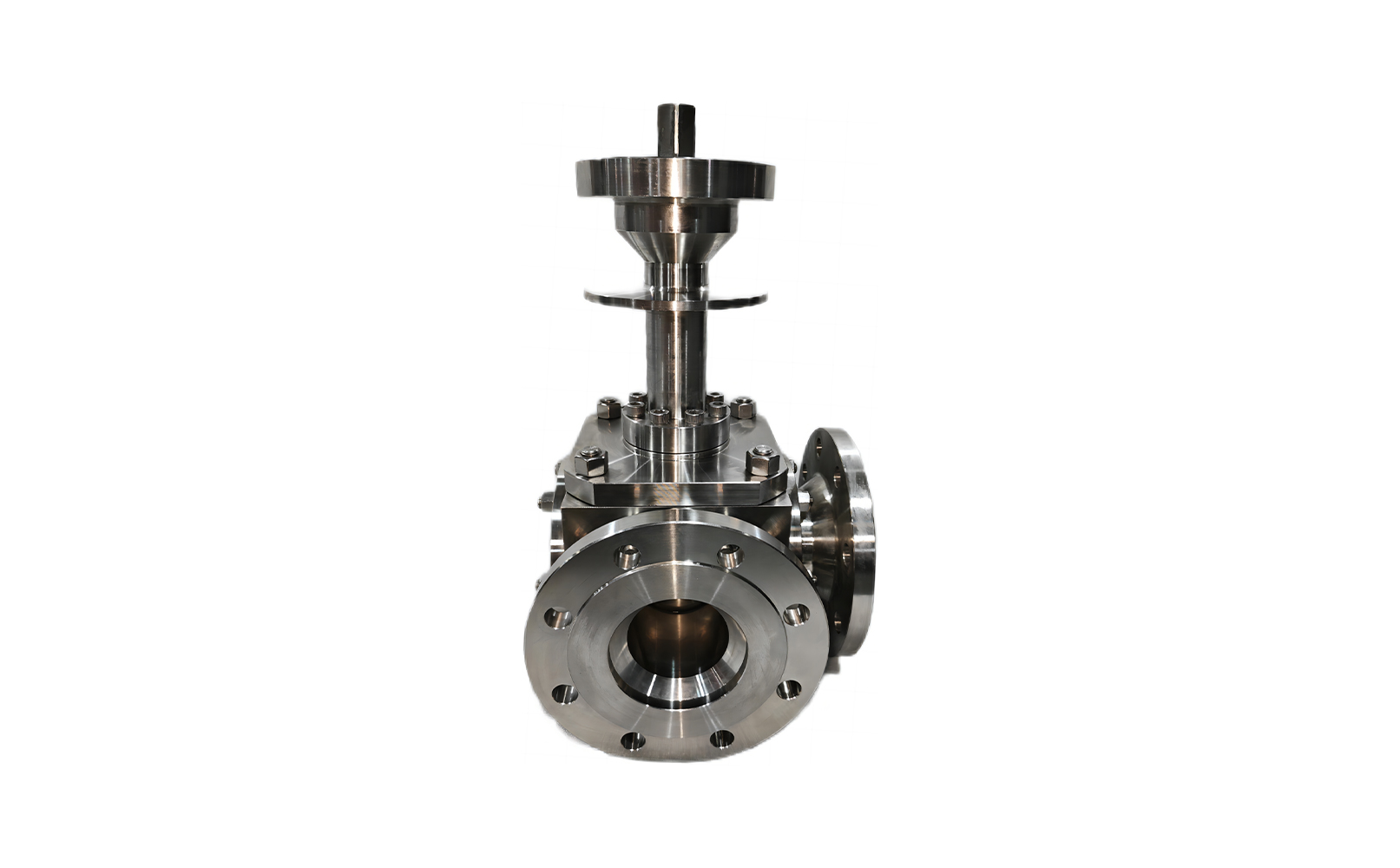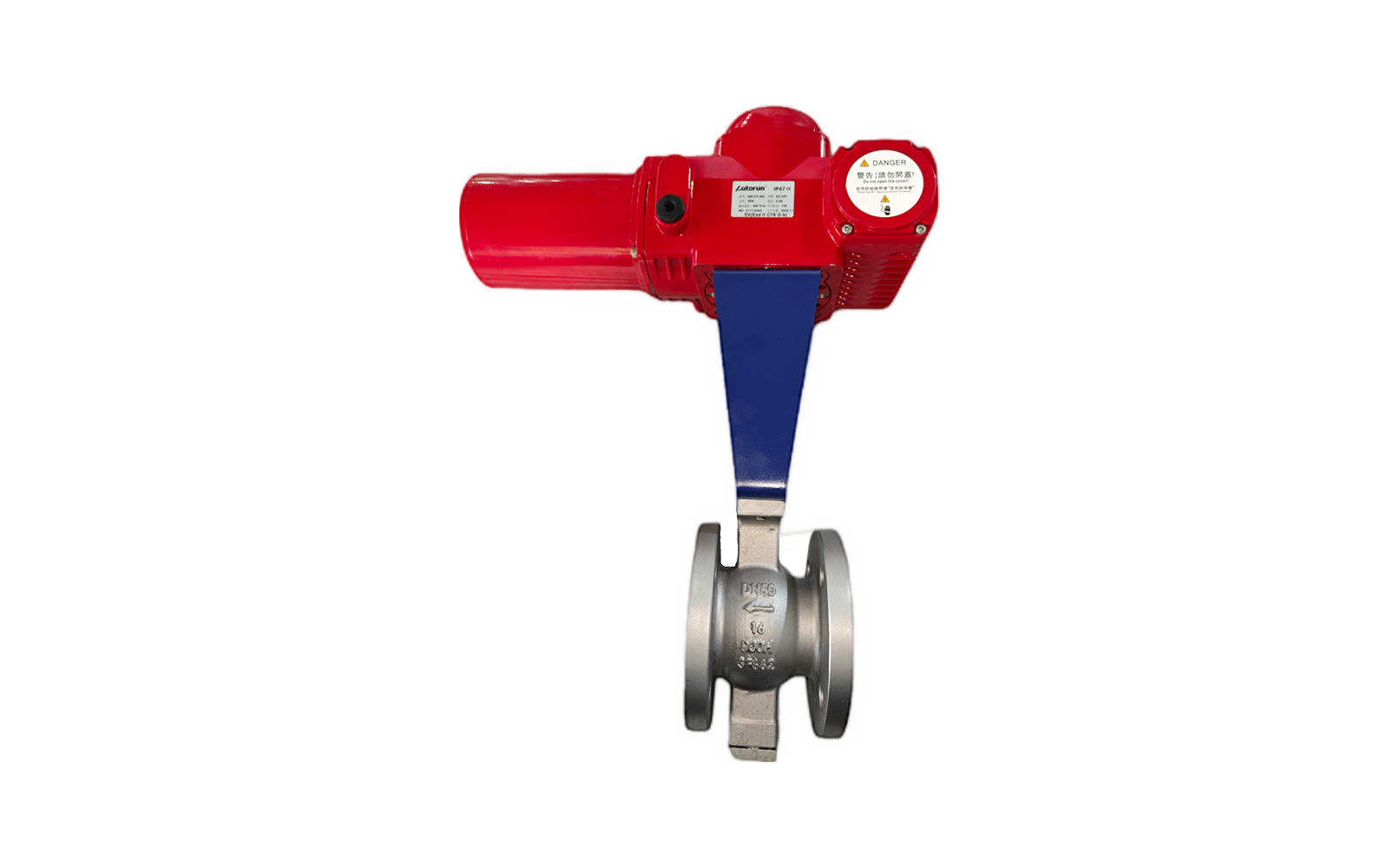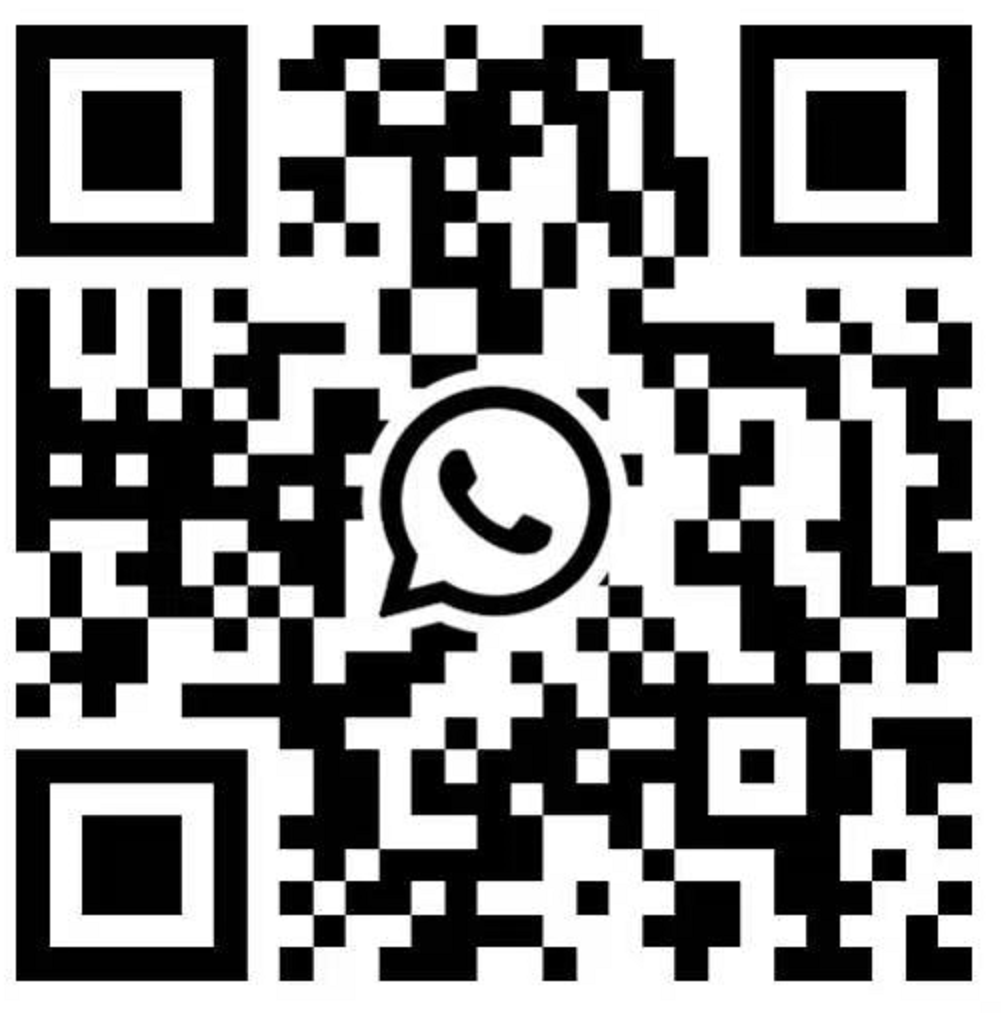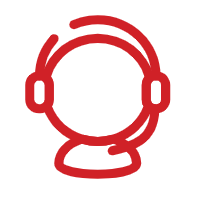- 01The valve stem adopts a blow-out prevention design.
- 02The conical valve stem seal effectively prevents the leakage of the medium during the rotation of the valve stem, and can also effectively prevent leakage under abnormal pressure increase conditions.
- 03The pre-tightening compression force of the disc spring is released to automatically compensate for the wear of the packing and the valve stem seal.
- 04The platform and handle of the valve are equipped with lock holes, and the valve is locked in the closed position or open position with a padlock.
- 05The backstop fixes the valve stem nut to prevent it from loosening.
- 06The three-way ball valve has a large flow capacity and can control gas, liquid, and steam. It is more suitable for controlling high-viscosity, fibrous and granular fluids.
-
 API
API -
 АСМЕ
АСМЕ -
 АНСИ
АНСИ -
 RU
RU -
 ДИН
ДИН -
 ГОСТ
ГОСТ -
 ГБ
ГБ -
 JIS
JIS
| The characteristics of three-way ball valve |
The L-shaped flow channel allows the fluid to flow to either of the two outlets. There is a central hole in the valve ball. When it is aligned with a certain inlet/outlet, the fluid can pass through the relevant flow channel. T-shaped three-way ball valve is used for media separation, merging and flow direction switching. It can make three channels communicate with each other or two channels communicate. The three-way ball valve adopts an integrated structure in structure, a sealing type of four-sided valve seat, less flange connection, high reliability, and a lightweight design. The three-way ball valve includes a body, a bonnet and a stem. One end of the valve stem of the product is linked to the ball, and the other end passes through the valve body and is linked to the external drive mechanism. The valve bonnet is fully installed. In addition to the valve body, the valve cover, bottom cover and side cover are all assembled with bolts, which can be easily converted into a four-way or five-way ball valve, and is easy to install, disassemble and repair. |
| Technical Parameters | |
| Size | DN15-DN1500, 1/2''-60'' |
| Pressure | PN10-PN420, Class150-Class2500 |
| Temperature | -200°C to 650°C |
| Connection Type | Flange, Thread, Socket weld, Butt weld |
| Operation Mode | Manual, Pneumatic, Electric, Hydraulic, Gear operation |
| Materials | ||
| Valve Body | Forged | A105, LF2, F5, F9, F11, F22, F304, F316, F347, F904, F51, F53, F310, N08020, Inconel625, etc |
| Cast | WCB, LCB, C5, C12, WC6, WC9, CF8, CF8M, CF8C, 4A, 5A, CN7M, C95800, CW6MC, etc | |
| Valve Stem | F6a, 17-4PH, XM-19, F304, F316, F347, F904, F51, F53, F310, Monel400, Monel500, N08020, Inconel625, Incoloy825, etc | |
| Valve Disc | A105, LF2, F5, F9, F11, F22, F304, F316, F347, F904, F51, F53, F310, N08020, Inconel625, F6a, 17-4PH, XM-19, F304, F316, F347, F904, F51, F53, F310, Monel400, Monel500,Incoloy825,WCB, LCB, C5, C12, WC6, WC9, CF8, CF8M, CF8C, 4A, 5A, CN7M, C95800, CW6MC, etc | |
| Seat Sealing | SS, BR, CU, AS, CS, AL, PTFE, NBR, FKM, AI203, etc | |
| Design Standards | |
| Valve Body | API 6D, API 608, ASME B16.34, DIN 3357, BS 5351, GOST 9833, JIS B2071, GB/T 12237, etc |
| Flange | ANSI B16.5, EN 1092-1, JIS B2220, GB/T 9113, ASME B16.47, GOST 12821, DIN 2543-2545, etc |
| Connection | ANSI B16.10, ASME B16.25, JIS B2212, GOST 33259, DIN 3202, etc |
| Test Standards | API 598, ISO 5208, BS EN 12266, ASME B16.104, GOST 9544-2015, JIS B2003, DIN 3230, etc |

